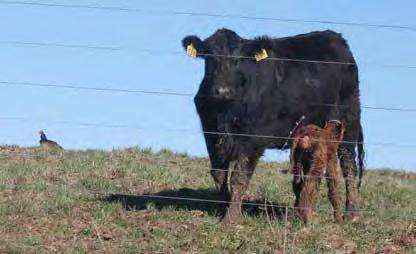
5 minute read
A Decade of Herd Development at Eden Shale
Katie Pratt KCA Communications Manager
OWENTON, KY −A lot has changed since the Kentucky Beef Network’s cattle herd first came home to Eden Shale Farm a decade ago. During this time, farm manager Greg Cole and Dan Miller, industry coordinator with the Kentucky Beef Network, have developed a herd that not only serves as a model of a typical Kentucky cow-calf operation, but one that also is conditioned to withstand the farm’s challenging soil and steep terrain.
“Our goal is to show producers techniques and demonstrations that work on this farm, so they can use that information to make decisions in their own operation,” Cole said. “Developing our herd is one way we do that.”
The Kentucky Beef Network-managed Eden Shale Farm is located on 961 acres of steep terrain in Owen County. The farm is named after the Eden Shale soil type, which is found in 33 north-central Kentucky counties and known for its poor quality. The soil type has heavy clay, low organic matter and low water holding capacity.
Even with lower stocking rates of 4.5 acres to each cow-calf pair, not all cattle are able to withstand the conditions at Eden Shale.
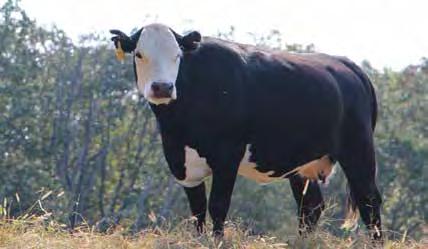
“A big, tall cow will not last on this steep terrain because it is tough on their feet, legs and hips,” Miller said. “A moderate-sized cow that is lower to the ground does much better.”

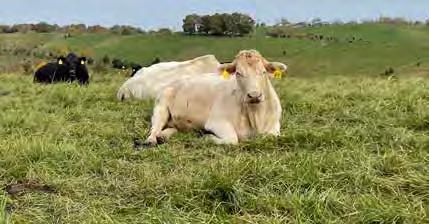
KBN’s initial herd consisted of cows and calves that the network purchased from several area stockyards in 2013. The original goal was to let the cattle graze the farm’s ample grass supply into the fall and sell them, but Cole and Miller decided to develop a commercial herd from some of them.
“We had a 47% cull rate the second year, but we expected that because of the type of cattle we had and what our initial goal was,” Miller said.
Over the next few years, the herd would continue to change as Cole and Miller looked for heifers and cows who were able to withstand the environment and also be productive mamas. As a result, KBN purchased bred heifers and cow-calf pairs in 2014 and yearling heifers to develop into cows in 2015 and 2016. Today, the network’s herd numbers fluctuate depending where the farm is at in its marketing cycle, but it usually averages around 100 head of reproductive females.
“Since 2017, we’ve only used our own replacement heifers,” Cole said. “We really want to keep every heifer that we can.”
As Cole and Miller have developed a herd that is able to withstand the steep terrain, a mature cow’s weight at weaning has dropped from an average of 1,500 pounds the first year to an average of 1,275 pounds.
At the same time, weaning weights have increased by 100 pounds. Miller and Cole have accomplished this through genetics and artificial insemination.
Cole and Miller strive to have a herd comprised of 80% to 85% solid black or black and white face calves. They do this by breeding black and black and white heifers to Hereford bulls and red and white heifers to Angus bulls.
Heifer health, disposition and longevity are important considerations when selecting a bull for AI.
“We select for AI bulls that have strong maternal characteristics, such as calving ease,” Miller said.
After AI, the heifers and cows are divided into two groups that are each exposed to an additional three bulls to make sure breeding is successful. Heifers that aren’t bred successfully are culled.
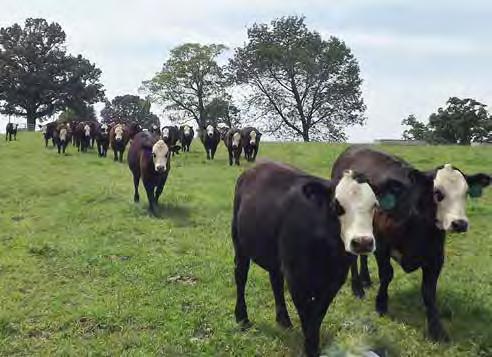
As a result of their breeding program, Cole and Miller have tightened their herd’s calving window. Earlier this year, 90% of calves were born in the first 45 days of the calving season. This is a huge decline from the over 90 days it took to complete calving during the herd’s first few years.
“Like any other cow-calf operation, our farm budget comes from the sale of our calves. We try to focus on things we can control, and one of them was shortening the calving window,” Miller said. “We are after uniformity and consistency in our calf crop because it benefits us on the marketing end.”
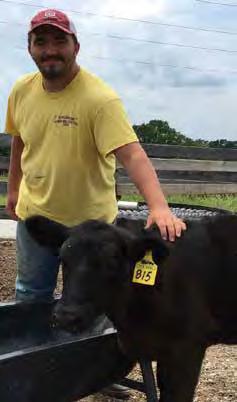
Calves are weaned at six months of age, but most stay on the farm until they are around 18 months old.
“We background our steers a little longer than most because we have enough grass for them to graze on,” Miller said. The commercial cattle market is all about poundage so putting that extra weight on them helps us with marketing.”
Cole and Miller’s goal for the next decade is to continue to develop a productive, efficient herd that is even more acclimatized to the challenging soil and steep terrain present at Eden Shale.
More information about Eden Shale Farm is available at www.edenshalefarm.com. The farm will also host an open house Oct. 21.
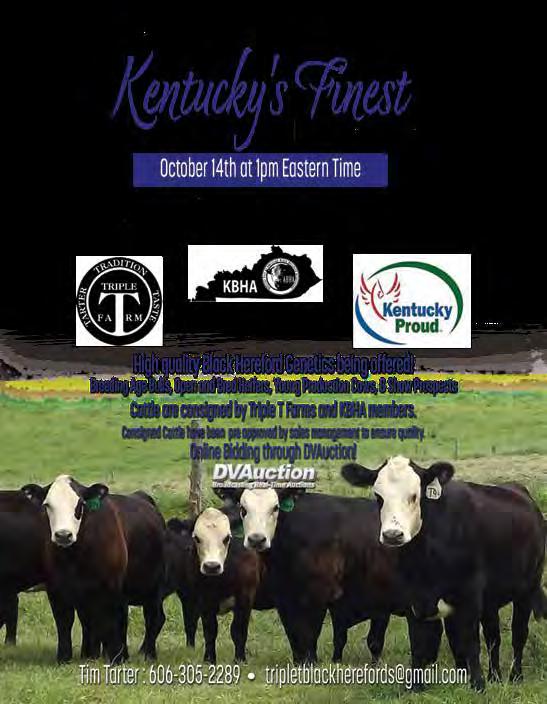


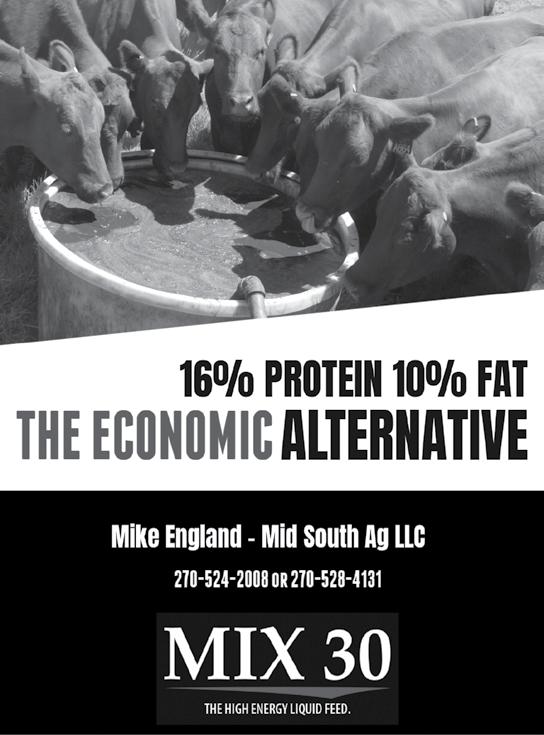
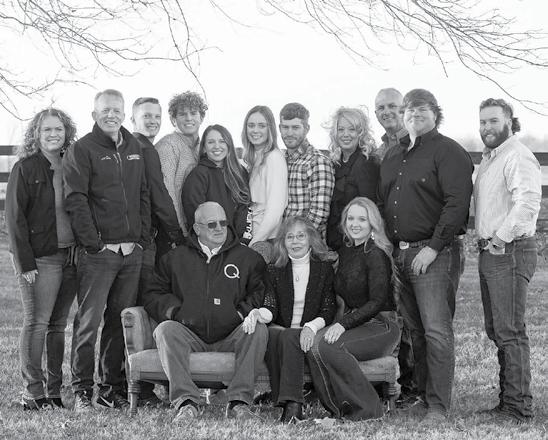
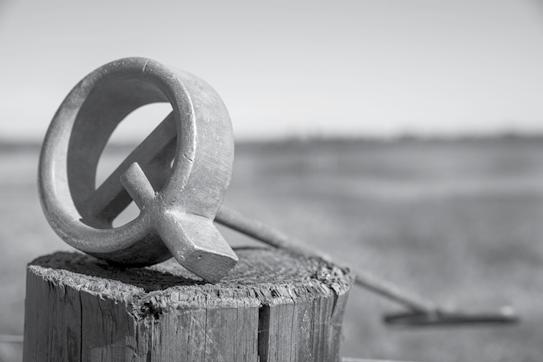

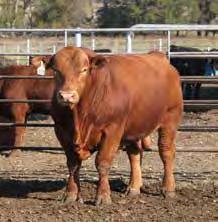
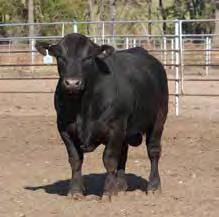
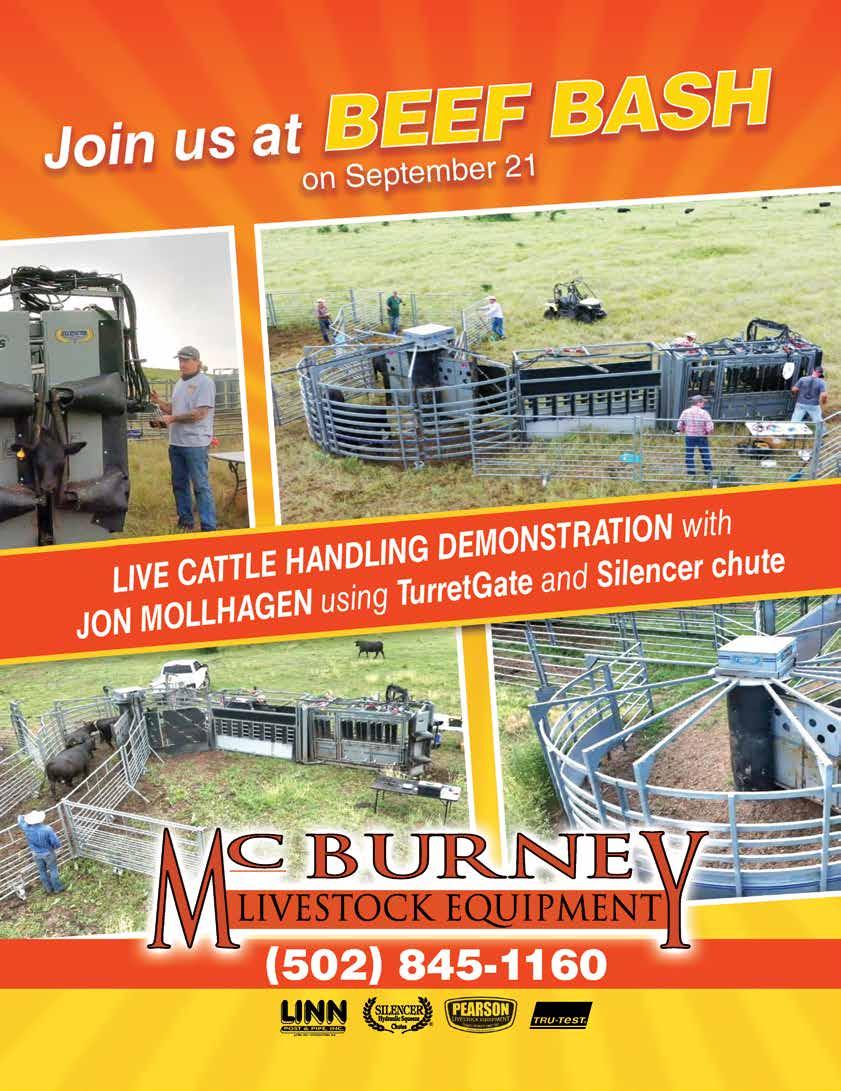
Moly’s founder, Jon Mollhagen, is a rancher through and through.
Before a career journey that led to tromping through South Africa, the bush of Australia, the subtropics of Brazil, and countless other countries, Jon was growing up on his family’s fifth-generation row crop and cow-calf operation in the Smoky Hills outside Lorraine, Kansas. Long days of working beside his father and fixing equipment instilled a set of very deep roots, planted firmly in the prairie soil.
After high school, Jon went on to pursue a degree at Colby County Community College in western Kansas. His time there was cut short when an opportunity for the 19-year-old to start up his own farming operation became available. A willing-to-work attitude allowed him to survive those days. He started a custom farming business, operating on wornout farm equipment and doing whatever it took to get by, eventually working himself up to 10,000 acres in the area. Very early on in his farming career, Jon found that it was much more viable and cost-effective to build his own equipment; it quickly became apparent that it was not possible for most people, especially those with fledgling farm operations like his, to purchase high-dollar machinery. It was this innovative spirit and determination that drove him to create the very first product sold by Moly Manufacturing, Inc., the Trans-Corral. This revolutionary corral was designed to be collapsable and portable; it could be pulled by a single pickup truck. The Trans-Corral quickly enjoyed much success, becoming a big-ticket item at many trade shows across the country.
After the initial success of the Trans-Corral, Jon found himself swamped with requests from his customers for a hydraulic squeeze shoot to pair with the corral. Taking these points, he set out to build the SILENCER chute, the product that put Moly Manufacturing on the map. The quiet, equalized pressure system was one-of-a-kind, also focusing on animal exit and operator safety. It was a brand new take on the squeeze shoot, and it soon gained immense popularity with cattle producers around the country, even internationally. The SILENCER became the flagship product of Moly Manufacturing, building it a reputation as the industry standard in livestock handling equipment.
In the years since the release of the SILENCER, Moly has continued to grow its following, as well as its product line. More recently, products such as the TurretGate and All-Purpose Corral have further improved cattle operations around the world. These releases have served to solidify Moly’s reputation, as well as propel the world of cattle production into a new era of innovation. When Jon sold his first Trans-Corral in 1987, he had no idea that his little corporation would grow to what it has become. It is his hope, as well as that of the entire company, that with the same level of hard work and dedication that has been shown over the years, we can build a better future for cattle production.






